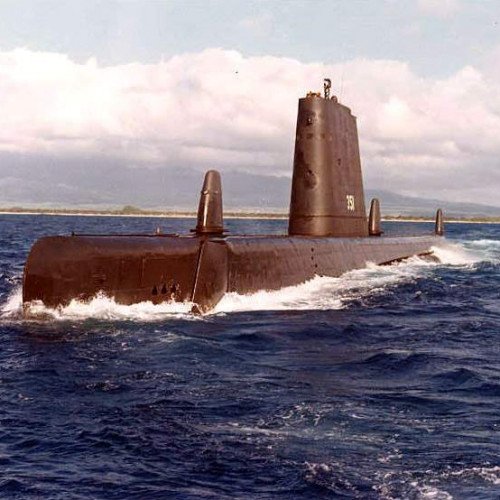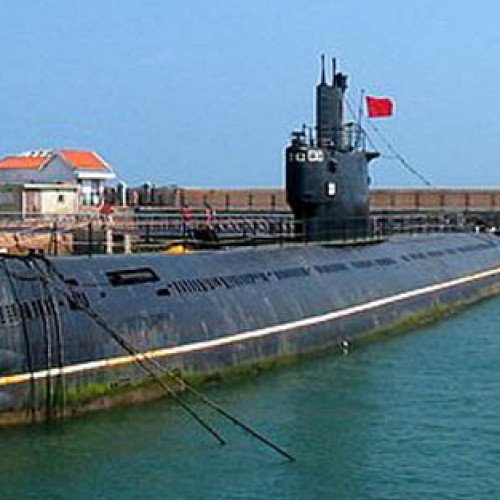Greater Underwater Propulsion Power Program vs Romeo-class submarine

Greater Underwater Propulsion Power Program
The Greater Underwater Propulsion Power Program (GUPPY) was initiated by the United States Navy after World War II to improve the submerged speed, maneuverability, and endurance of its submarines. (The "Y" in the acronym was added for pronounceability.) The navy began the program by testing and reverse engineering two captured German Type XXI U-boats: U-2513 and U-3008. That analysis led to four goals—increasing the submarines' battery capacity, streamlining the boats' structures, adding snorkels, and improving fire control systems. The navy immediately focused on designing a new class of submarines, but the Bureau of Ships believed the fleet of existing Gato, Balao, and Tench class submarines could be modified to incorporate the desired improvements. In June 1946, the Chief of Naval Operations approved the GUPPY project. The initial two-boat test program, implemented by the Portsmouth Naval Shipyard, eventually grew into several successive conversion programs. Those upgrades proceeded in seven variants, in the following order: GUPPY I, GUPPY II, GUPPY IA, Fleet Snorkel, GUPPY IIA, GUPPY IB, and GUPPY III. Some boats that went through an early phase were then upgraded further in a later phase. Most GUPPY phases were assigned a corresponding Ship Characteristics Board / SCB project number. A similar programme for the Royal Navy involved modifications to 24 wartime and post-war British T- and A-class submarines, which were provided with streamlined hulls, sail-type conning towers, and increased underwater performance during 1948-60.
Statistics for this Xoptio

Romeo-class submarine
The Project 633 class (known in the West by its NATO reporting name as the Romeo class) is a class of Soviet diesel-electric submarine, built between 1957 and 1961. A Chinese variant - Type 033 - was built in China from 1962 to 1984.